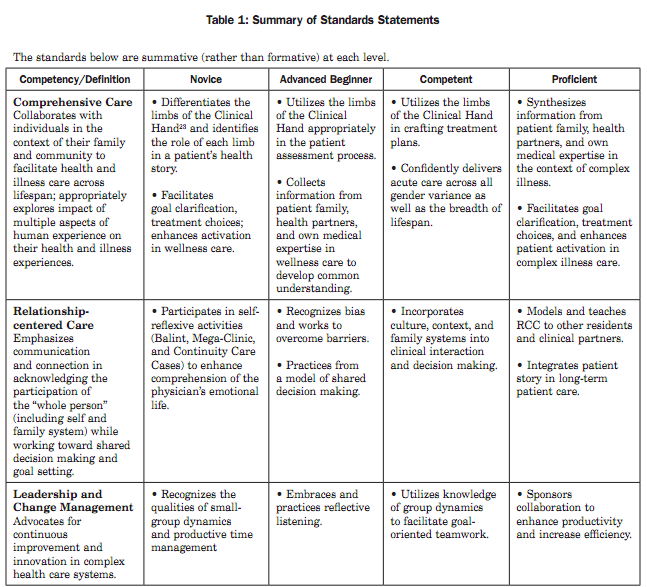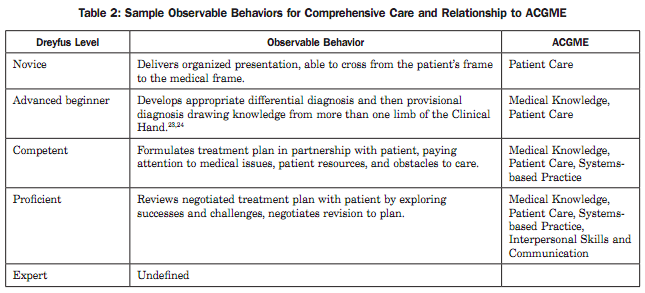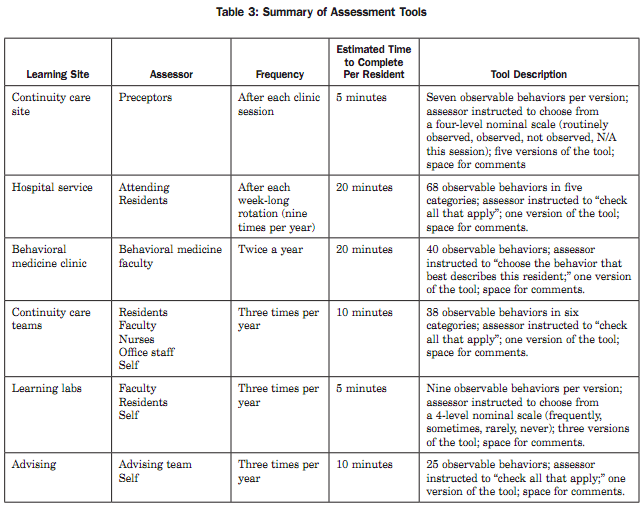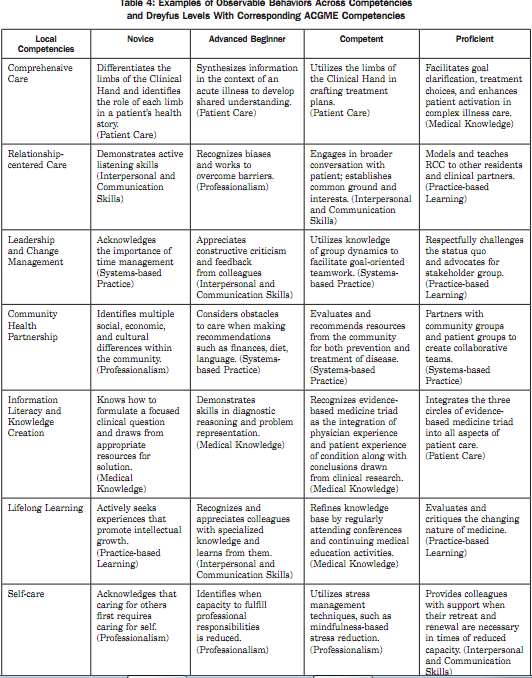【文献名】
著者名:F. Fang MD et al
文献タイトル:Suicide and Cardiovascular Death after a Cancer Diagnosis.
雑誌名・書籍名:N Engl J Med 2012; 366 : 1310 – 8.
発行年:2012
【要約】
<Background>
Receiving a diagnosis of cancer is a traumatic experience that may trigger immediate adverse health consequences beyond the effects of the disease or treatment.
<Methods>
Using Poisson and negative binomial regression models, Researchers conducted a historical cohort study involving 6,073,240 Swedes to examine the associations between a cancer diagnosis and the immediate risk of suicide or death from cardiovascular causes from 1991 through 2006.
To adjust for unmeasured confounders, they also performed a nested, self-matched case-crossover analysis among all patients with cancer who died from suicide or cardiovascular diseases in the cohort.
<Results>
As compared with cancer-free persons, the relative risk of suicide among patients receiving a cancer diagnosis was 12.6 (95% confidence interval [CI], 8.6 to 17.8) during the first week (29 patients; incidence rate, 2.50 per 1000 person-years) and 3.1 (95% CI, 2.7 to 3.5) during the first year (260 patients; incidence rate, 0.60 per 1000 personyears).
The relative risk of cardiovascular death after diagnosis was 5.6 (95% CI, 5.2 to 5.9) during the first week (1318 patients; incidence rate, 116.80 per 1000 person-years) and 3.3 (95% CI, 3.1 to 3.4) during the first 4 weeks (2641 patients; incidence rate, 65.81 per 1000 person-years). The risk elevations decreased rapidly during the first year after diagnosis.
Increased risk was particularly prominent for cancers with a poor prognosis. The case-crossover analysis largely confirmed results from the main analysis.
<Conclusions>
In this large cohort study, patients who had recently received a cancer diagnosis had increased risks of both suicide and death from cardiovascular causes, as compared with cancer-free persons.
【開催日】
2012年5月30日




